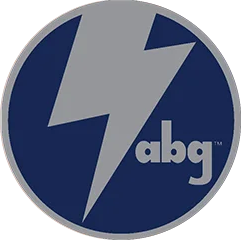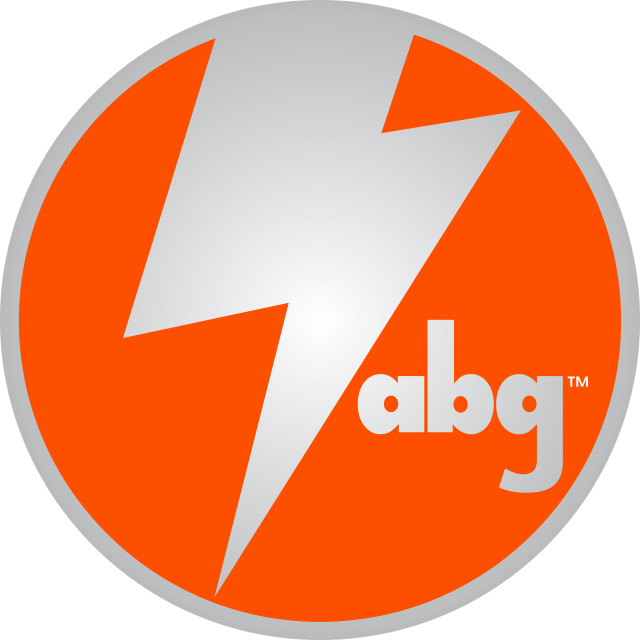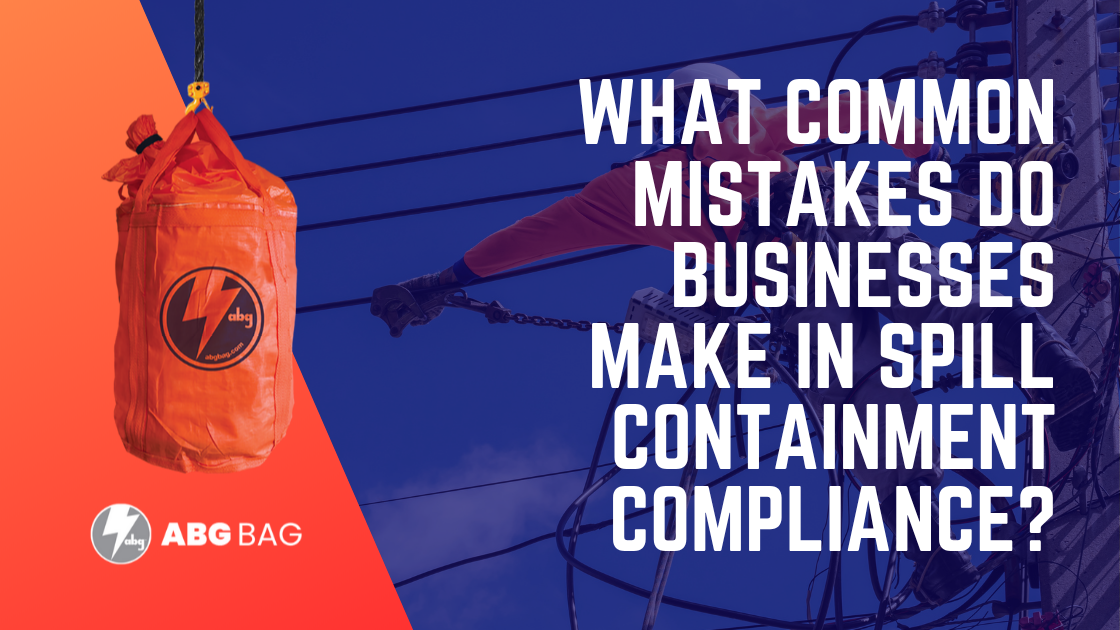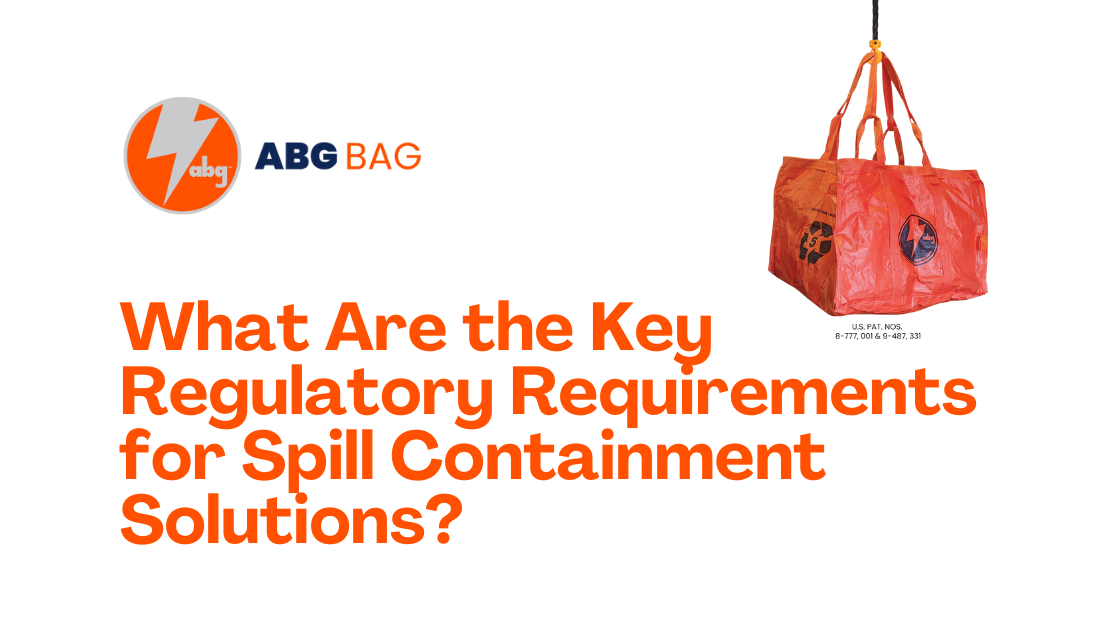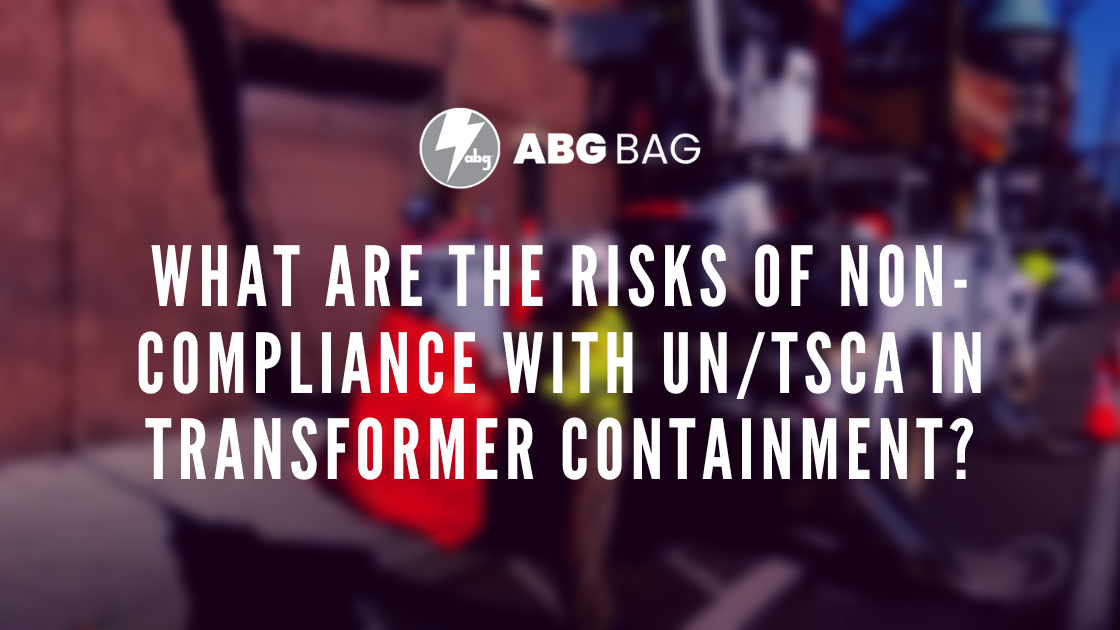
What are the risks of non-compliance with UN/TSCA in transformer containment?
Transformers are critical components of the electrical grid, but they also contain fluids such as mineral oils, synthetic insulating oils, and, in older units, polychlorinated biphenyls (PCBs). These substances can be hazardous to both human health and the environment. To manage these risks, transformers must be handled, stored, and transported using approved containment systems that comply with federal and international standards, including the United Nations (UN) Recommendations on the Transport of Dangerous Goods and the Toxic Substances Control Act (TSCA).
Failing to meet these standards can result in serious consequences. Understanding the risks associated with non-compliance is crucial for utility companies, maintenance crews, and regulatory compliance officers. For an in-depth overview of transformer spill containment and regulatory guidance, see Why UN And TSCA Compliance Matters For Transformer Spill Safety and A Complete Guide To Regulatory Spill Containment Solutions.

Legal and Financial Penalties
One of the most immediate risks of non-compliance is financial and legal liability. Federal agencies enforce strict regulations under TSCA, which governs the handling of PCB-containing equipment, and DOT/UN standards for hazardous material transport. Violations may result in:
- Substantial fines imposed by regulatory authorities
- Mandatory cleanup operations for contaminated sites
- Legal actions from state or federal agencies
- Suspension of operations until compliance is restored
For example, improper containment of a PCB transformer could trigger TSCA violations, leading to costly remediation and potential lawsuits. Using TSCA containment solutions, Transformer EPA Containment, and DOT Containment Solutions helps utilities mitigate these risks by ensuring that hazardous fluids remain safely contained during transport, storage, and maintenance.
Environmental Damage
Non-compliance can also have long-term environmental consequences. Transformers contain oils and, in some cases, PCBs that can harm soil, groundwater, and surface water if released. Even minor leaks, when uncontained, can result in persistent contamination that is difficult and expensive to remediate.
Transformer spill containment measures, such as utility spill containment products, Transformer EPA Containment, and secondary containment systems, are designed to prevent such incidents. Without proper containment, leaks can lead to:
- Contamination of drinking water sources
- Soil degradation affecting surrounding ecosystems
- Bioaccumulation of toxic substances in local wildlife
- Long-term environmental liability for the utility company
By deploying UN-compliant containment bags, DOT hazmat containment bags, and other certified systems, utilities can prevent spills and reduce environmental exposure, demonstrating responsibility and commitment to sustainability.
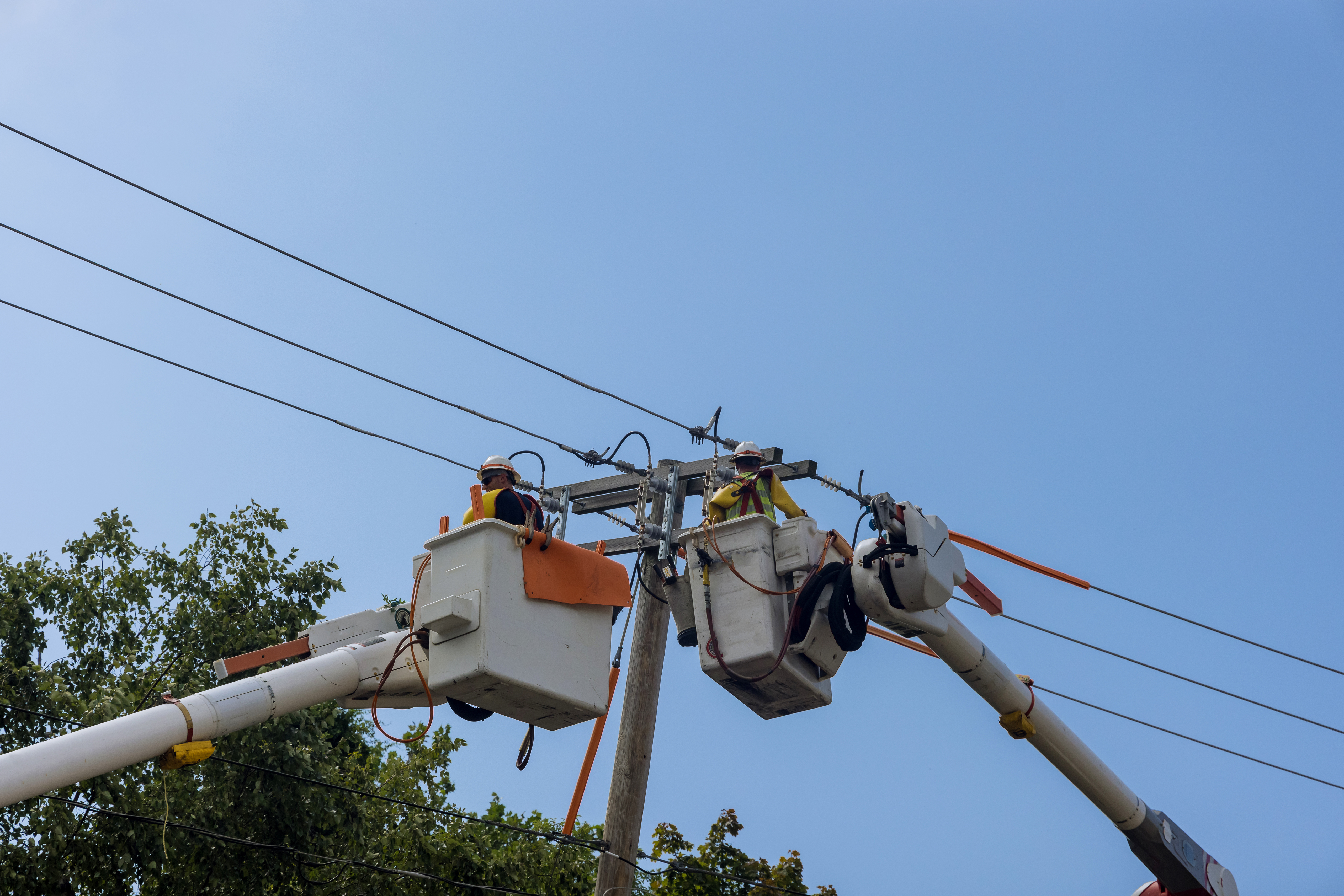
Operational Disruptions
Non-compliance can significantly disrupt utility operations. Equipment may be held at inspection points, shipment delayed, or maintenance schedules interrupted due to regulatory enforcement.
For example, a transformer being transported without proper hazardous material transport containment may be flagged for DOT inspection. If the containment system fails to meet UN or TSCA standards, shipments can be delayed, requiring additional resources to repackage or deploy approved containment solutions.
Such delays can impact:
- Substation installation schedules
- Emergency response capabilities
- Routine maintenance and inspection operations
- Overall operational efficiency across the utility network
Implementing Transformer DOT Containment and Transformer EPA Containment products ensures continuity, helping utilities avoid unnecessary downtime while remaining compliant with all applicable regulations.
Reputational Risks
Public trust and regulatory credibility are increasingly important in the utility industry. Non-compliance with UN or TSCA standards can harm a company’s reputation, leading to:
- Negative perceptions among regulators and local communities
- Scrutiny from environmental advocacy groups
- Reduced stakeholder confidence in operational safety
- Challenges in future permitting or regulatory approvals
Conversely, demonstrating proactive compliance using certified containment solutions, such as DOT hazmat containment bags, TSCA containment solutions, and other utility spill containment products, showcases a commitment to safety, environmental stewardship, and responsible operational practices.
Safety and Liability Considerations
Beyond legal, environmental, and reputational risks, non-compliance increases the potential for accidents, injuries, and long-term liability. Leaks or spills from poorly contained transformers can expose personnel to hazardous substances, particularly when handling PCB fluids or oil-filled equipment.
Implementing robust safety measures—including Transformer EPA Containment, DOT Containment Solutions, and UN-compliant containment bags—protects workers and reduces the likelihood of incidents that could result in injury or occupational exposure. It also lowers long-term liability for environmental and workplace health claims.

Integrated Compliance Strategies
Managing UN and TSCA compliance effectively requires integrating containment solutions across all stages of a transformer’s lifecycle:
- Transport: Using DOT Containment Solutions, Transformer DOT Containment, and UN-compliant containment bags ensures leaks are contained during shipment, reducing the risk of spills en route.
- Stationary Storage: Employing Transformer EPA Containment and other utility spill containment products prevents leaks from reaching soil or water at substations, storage yards, or maintenance sites.
- TSCA-Regulated Equipment: For PCB-containing transformers, TSCA containment solutions provide chemical-resistant, durable systems that comply with federal handling and disposal requirements.
Integrating containment across all stages ensures full regulatory coverage and minimizes exposure to fines, operational interruptions, and environmental harm.
Non-compliance with UN and TSCA standards in transformer containment carries significant legal, environmental, operational, and reputational risks. From fines and mandatory cleanups to environmental contamination and operational delays, the consequences are extensive and costly.
Utilities can mitigate these risks by implementing certified containment solutions, including Transformer EPA Containment, Transformer DOT Containment, DOT hazmat containment bags, UN-compliant containment bags, TSCA containment solutions, and other utility spill containment products.
ABG BAG, INC. provides a full range of containment solutions for transformers and hazardous materials. To discuss your containment needs or request a consultation, call 800-758-8079. Our team will help you implement compliant, reliable, and effective solutions to protect your equipment, personnel, and the environment.
Do You Have Questions?
For inquiries about our products, order status, or any other information related to ABG, send us a message, and we will respond soon.
Sales & Customer Care
Product Questions



